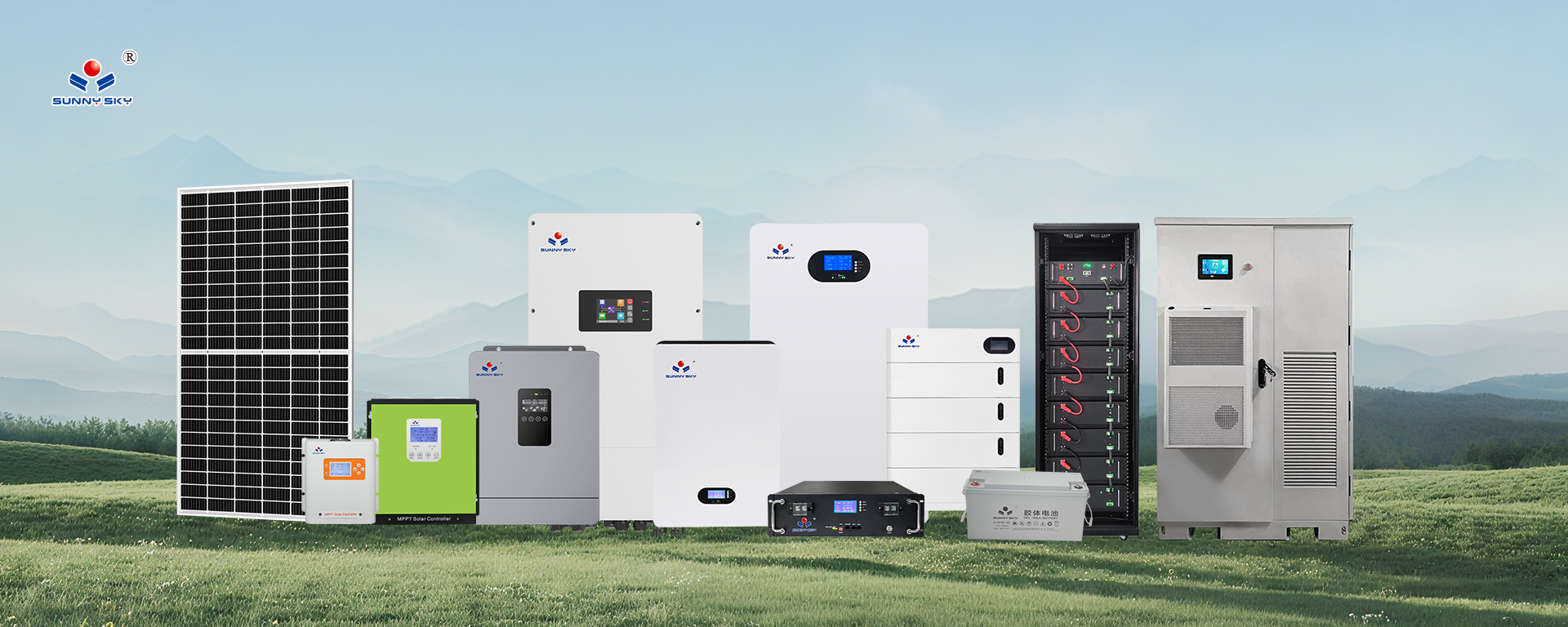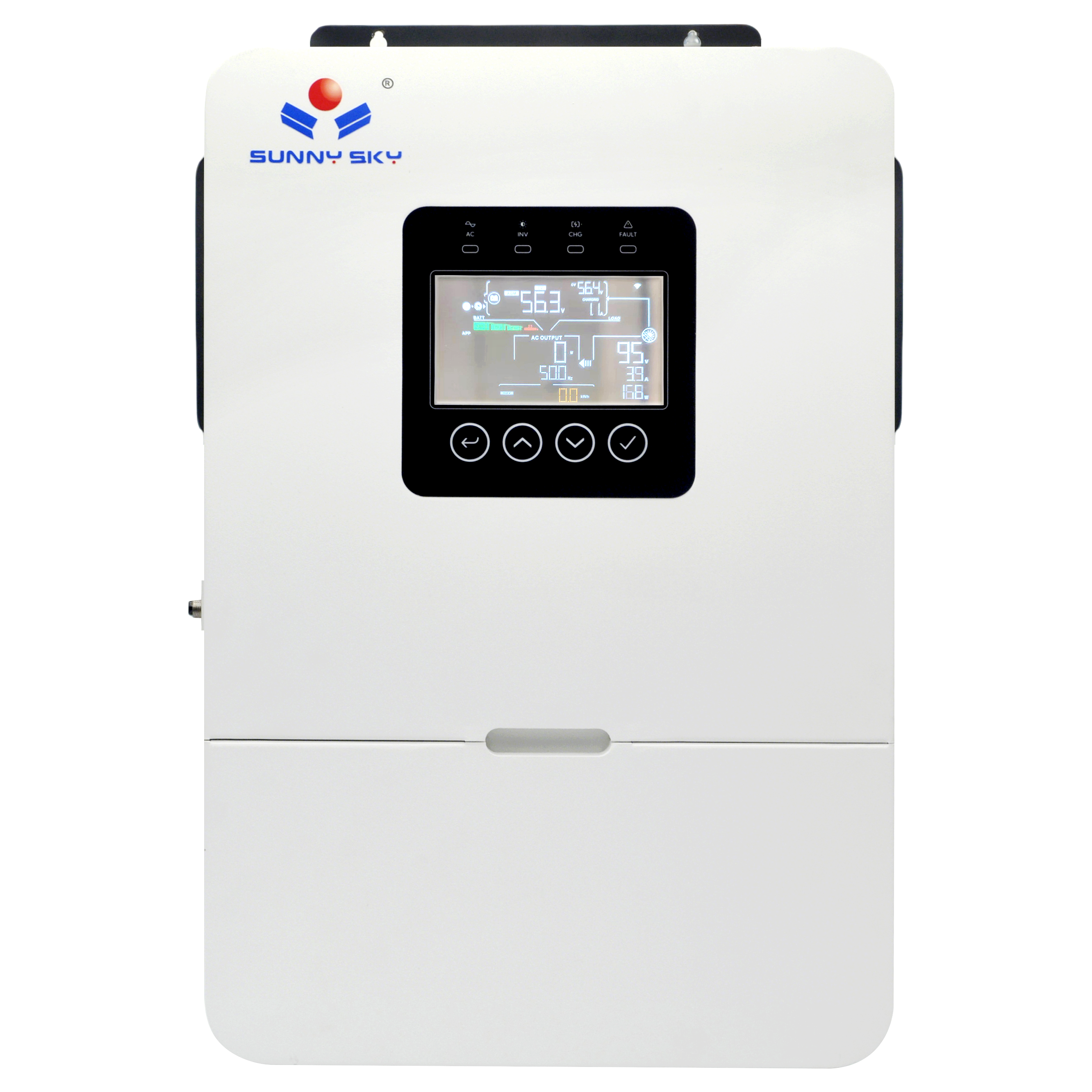The solar inverter industry is rapidly evolving, driven by the global shift towards renewable energy sources as societies seek sustainable solutions to combat climate change. This technology, which converts direct current (DC) from solar panels into alternating current (AC) for everyday use, is at the forefront of the green energy revolution. As demand for solar inverters grows, trends indicate a move towards more efficient, intelligent, and versatile models that integrate seamlessly with modern energy systems.

Emerging Trends in Solar Inverter Efficiency and Technology
As we analyze current trends, solar inverter efficiency stands out as a key factor influencing adoption. Innovations in this area, such as advanced Maximum Power Point Tracking (MPPT) algorithms, allow devices to optimize energy harvest from sunlight, even in variable weather conditions. For instance, hybrid solar inverters are gaining traction, combining solar power with grid or battery storage for uninterrupted energy supply. This trend is evident in the rising popularity of models like the Sunny Sky 6KW Hybrid Solar Inverter, which exemplifies how these systems can switch effortlessly between energy sources. Off-grid solar inverter solutions are also on the rise, particularly in remote areas, enabling independence from traditional grids and reducing reliance on fossil fuels. Meanwhile, solar inverter efficiency improvements are projected to reach new heights, with experts predicting efficiencies above 98% in the coming years, driven by advancements in semiconductor materials and smart grid integration. This not only lowers operational costs but also enhances the overall return on investment for users.
The Growing Market for Hybrid and Home Solar Inverters
Delving deeper into market dynamics, the hybrid solar inverter segment is experiencing explosive growth, fueled by consumer demand for reliable, all-in-one energy solutions. These inverters, capable of managing both solar and stored energy, are ideal for residential applications, making solar inverter for home setups more accessible and efficient. According to industry reports, the global market for solar energy inverters is expected to expand significantly, with a compound annual growth rate of over 10% through the next decade. Solar inverter manufacturers are responding by introducing features like enhanced warranties and user-friendly interfaces, which build consumer confidence. For example, the Sunny Sky 6KW model offers comprehensive protection against overloads and short circuits, addressing common concerns in solar power inverter reliability. As solar inverter price becomes more competitive due to economies of scale, barriers to entry are lowering, encouraging widespread adoption. This trend is particularly noticeable in regions with abundant sunlight, where homeowners are increasingly opting for these systems to cut electricity bills and promote environmental sustainability.
Future Prospects and Challenges in Solar Inverter Adoption
Looking ahead, the solar inverter landscape is poised for further transformation, with a focus on integration with emerging technologies like AI and IoT for smarter energy management. Solar inverter warranty offerings are improving, providing longer guarantees that assure buyers of product durability and performance. However, challenges such as supply chain disruptions and regulatory hurdles could impact solar inverter price trends and availability. Despite these, the overall trajectory is positive, with innovations in solar energy inverter designs paving the way for more compact, powerful units. As more consumers embrace hybrid solar inverter technology, we're seeing a broader impact on energy independence and grid stability. In conclusion, the solar inverter market's evolution reflects a broader commitment to sustainable living, and with continued advancements, it promises to play a pivotal role in achieving global renewable energy goals.







